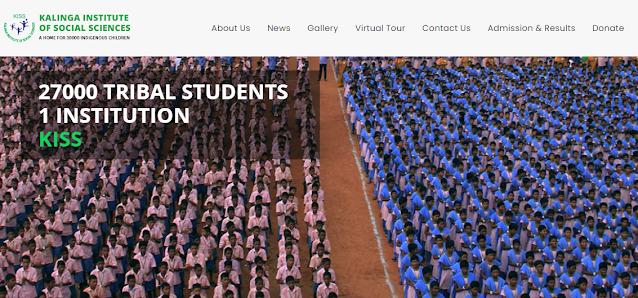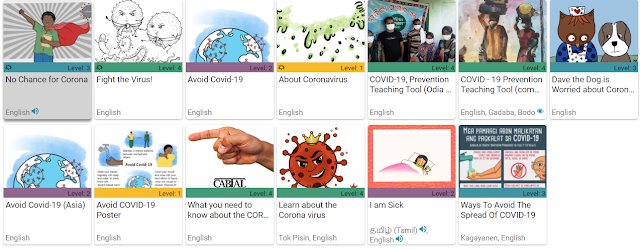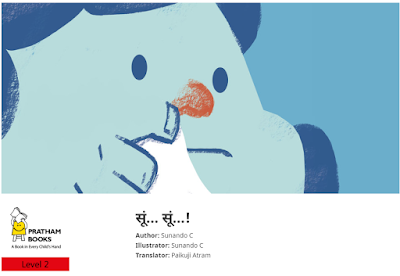Multilingual Education explained within an hour

With the New National Education Policy requiring the first grades to be taught in the mother tongue, we see an increased interest in the issue of language in the classroom. However, many teachers and policymakers have a hard time understanding what multilingual education is all about. I found this excellent lecture by Dhir Jingran online. From my perspective, its strength is that it deals with both the theory as well as the practice. As a former government policymaker, grass-roots level researcher, and NGO founder, Dhir knows very well how complicated the realities on the ground are and yet he provides a clear way forward.





